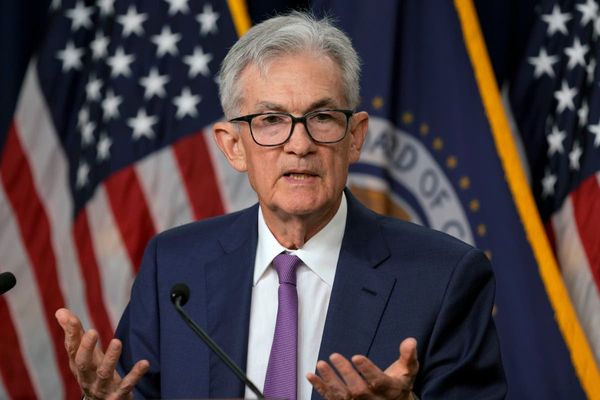
Late last Saturday in New York, exhausted negotiators reached a landmark agreement on protecting life on Earth: the high seas treaty, the second big environment deal in just three months after Cop15, the biodiversity summit in Montreal. The moment, nearly two decades in the making, overwhelmed the president of the conference, Rena Lee, who cried as she announced that a deal had been done.
On paper at least, countries nearly have a complete strategy for action on the three planetary crises of our era: the climate emergency, biodiversity loss and pollution. Governments are still negotiating a UN agreement on plastics pollution, with another round of talks scheduled in Paris this year. But world leaders, business heads – all of us – know what we must do in the next decades to avoid disaster.
More urgently than ever, governments must stick to their word, and get on with what they have pledged. Maintaining a livable planet for future generations is on the line, says the UN acting biodiversity chief, David Cooper, who voiced cautious optimism that momentum was building, while also noting not enough is being done.
“Politicians are catching up with much of the public on this. Because people – and particularly young people and Indigenous people – see what is happening and they see what their future will be like without taking these actions. They have been pushing governments to act and I think what we saw in Montreal and again in New York is the result of that pressure. I think it’s very encouraging, despite all the other tensions we have in the world,” he says.

“[Delivering on the agreements] is really the difference between a livable planet in many parts of the world and one that is barely habitable for people,” he adds. “To some extent, the momentum was established in Montreal at Cop15, particularly with the target to protect 30% of land and sea. But we need agreements like the high seas treaty to meet that target.”
Other senior UN figures have greeted the agreements with cautious optimism, acknowledging the spirit of multilateralism amid tensions between great powers on the economy and the invasion of Ukraine.
“I think that on the pollution side as well as on the biodiversity side, there is a focus that we haven’t seen for decades. That, I celebrate,” says Inger Andersen, the executive director of the UN environment programme. “It’s never enough. We are on a trajectory on climate that is not good.”
But, she adds: “What is really exciting is that we are able to come to the end of the road on some of these critical issues. Loss and damage, it has been on the docket for a while, it was agreed in spite of the complexity. Getting the plastics negotiations going and moving forward – we have the second round in Paris in May – was very difficult but we got [the process going]. Divisions come up all the time but we have made some real strides in the last couple of years.”

It is easy to dismiss multilateral efforts on the environment. Many aim to avoid awful realities that we hope are never realised, often building in destruction in the short and medium terms as part of the deal, while humanity slowly responds.
The exasperating pace of change is made worse by scientific assessments about the health of the planet that have become increasingly alarming, with experts warning that more than 1 million species are at risk of extinction, threatening the function of ecosystems that sustain human civilisation.
Overfishing, plastics pollution and the continued consumption of fossil fuels are some of the drivers of the environmental losses. Now many governments are, at least, recognising the scale of the problem.
While action on the climate, biodiversity loss and pollution has a history of half-met promises, the world has successfully come together on some issues, including the 1987 Montreal protocol on the ozone layer, which continues to recover successfully. In January, the UN secretary general, António Guterres, said it was “an encouraging example of what the world can achieve when we work together”.
Li Shuo, a policy adviser for Greenpeace east Asia who was at Cop15 in Canada and at the high seas negotiations in New York, said that China would have a key role to play in meeting the international agreements. Beijing held the presidency at the biodiversity summit in Canada and, in partnership with the Canadians, help shepherd talks to a successful conclusion despite a series of tensions.

The high seas treaty “brings marine protection into the 21st century”, says Li. “Building on the recent success of biodiversity Cop15, the high seas treaty will help fulfil the 30x30 target. This success indicates that environmental progress and multilateralism can still triumph despite challenging geopolitical conditions. China is a critical country in these negotiations. Its willingness to upgrade marine governance is a key element to unlock the deal.
“I feel very much privileged to have been able to experience what a veteran observer told me was the most exciting moment in ocean lawmaking in decades. This is really a very consistent storyline: an arc from Montreal to New York. The global community is able to strengthen biodiversity governance on land and at sea. It is a very exciting moment despite the challenging geopolitics,” he says.
Find more age of extinction coverage here, and follow biodiversity reporters Phoebe Weston and Patrick Greenfield on Twitter for all the latest news and features






